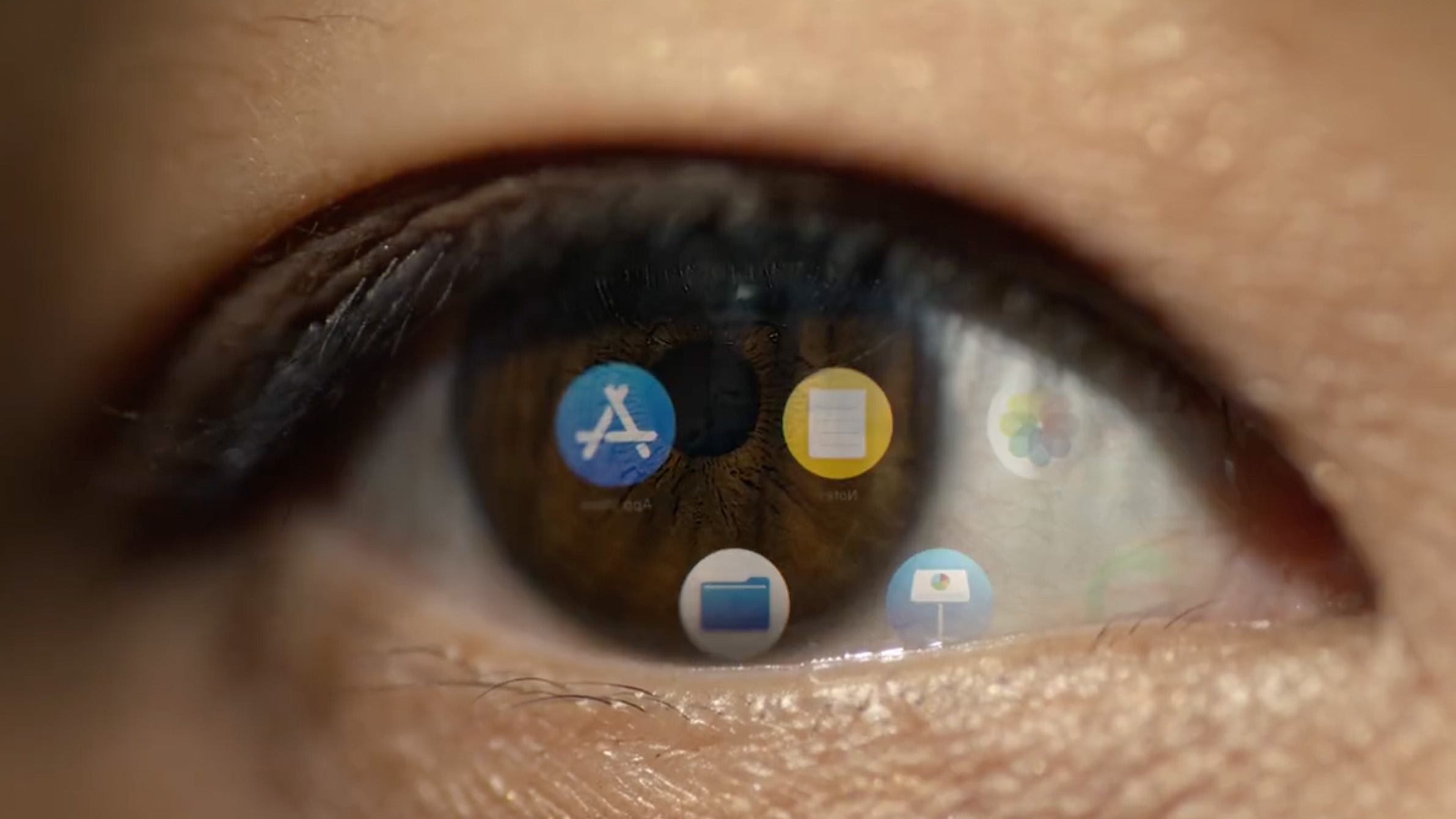
Ever since Apple’s Vision Pro headset launched, the idea of spatial computing has gained new momentum. While displaying 3D images and environments is something that’s currently limited to the best VR headsets, Apple has plans to take it much further – and that could mean you wouldn’t even need a headset to generate 3D worlds on your devices.
In a new patent, Apple explains how future monitors, MacBooks and even Apple Watches could display 3D content to a viewer. At the moment, the Vision Pro does this by showing slightly different images to each of your eyes, but Apple believes it could one day do this without having to rely on a headset. In other words, you could turn on your Studio Display, or open the lid of one of the best MacBooks, and see 3D content right in front of you.
How would Apple do this? According to the patent, it’s all thanks to the use of lenticular displays. These show and hide their on-screen content depending on your viewing angle, so as you move your head, the image subtly changes, creating a 3D effect.
Interestingly, Apple believes its technology could allow multiple viewers to experience the 3D effect. So instead of having just one optimal viewing position, there could be several, which would be a lot more enjoyable for group activities like a movie night, or for working on 3D models as part of a team.
Not like the Vision Pro

While the patent presents an interesting idea, it’s not quite on the same level as the Vision Pro’s spatial computing implementation. Apple isn’t talking about displaying 3D windows in virtual space around your room, after all. If you want that kind of experience, the Vision Pro is likely to be the only way to do it within Apple’s ecosystem for quite some time.
But this patent, if applied to a real product, could have a few uses of its own. It might add an extra dimension to movies, for example, or provide more detailed renderings in Apple Maps. It’s unlikely to be a major selling point on its own, but it could become an attractive consideration when buying a new Mac or Apple display.
That said, it’s just a patent, so there’s no guarantee it will ever make it into a finished product – Apple might simply be exploring these ideas. But it’s intriguing to see how Apple is thinking up new ways of delivering spatial computing to users of its devices, even if this example is on a smaller scale than the Vision Pro.







